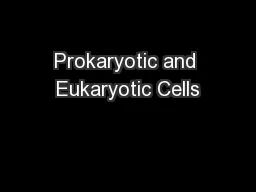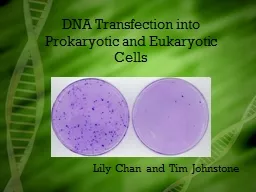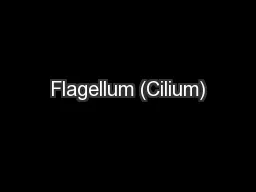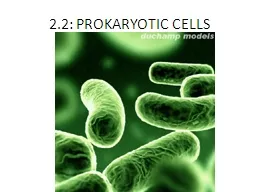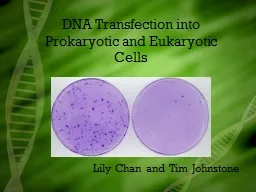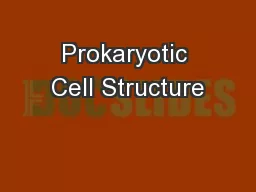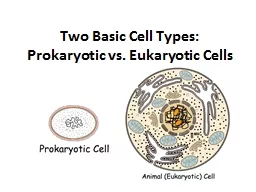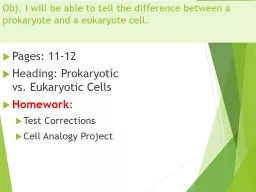PPT-Prokaryotic and Eukaryotic Cells
Author : pasty-toler | Published Date : 2017-04-19
TSW Recognize that the presence of a nucleus determines whether a cell is prokaryotic or eukaryotic 612B Cells There are two basic types of cells Prokaryotes
Presentation Embed Code
Download Presentation
Download Presentation The PPT/PDF document "Prokaryotic and Eukaryotic Cells" is the property of its rightful owner. Permission is granted to download and print the materials on this website for personal, non-commercial use only, and to display it on your personal computer provided you do not modify the materials and that you retain all copyright notices contained in the materials. By downloading content from our website, you accept the terms of this agreement.
Prokaryotic and Eukaryotic Cells: Transcript
Download Rules Of Document
"Prokaryotic and Eukaryotic Cells"The content belongs to its owner. You may download and print it for personal use, without modification, and keep all copyright notices. By downloading, you agree to these terms.
Related Documents

